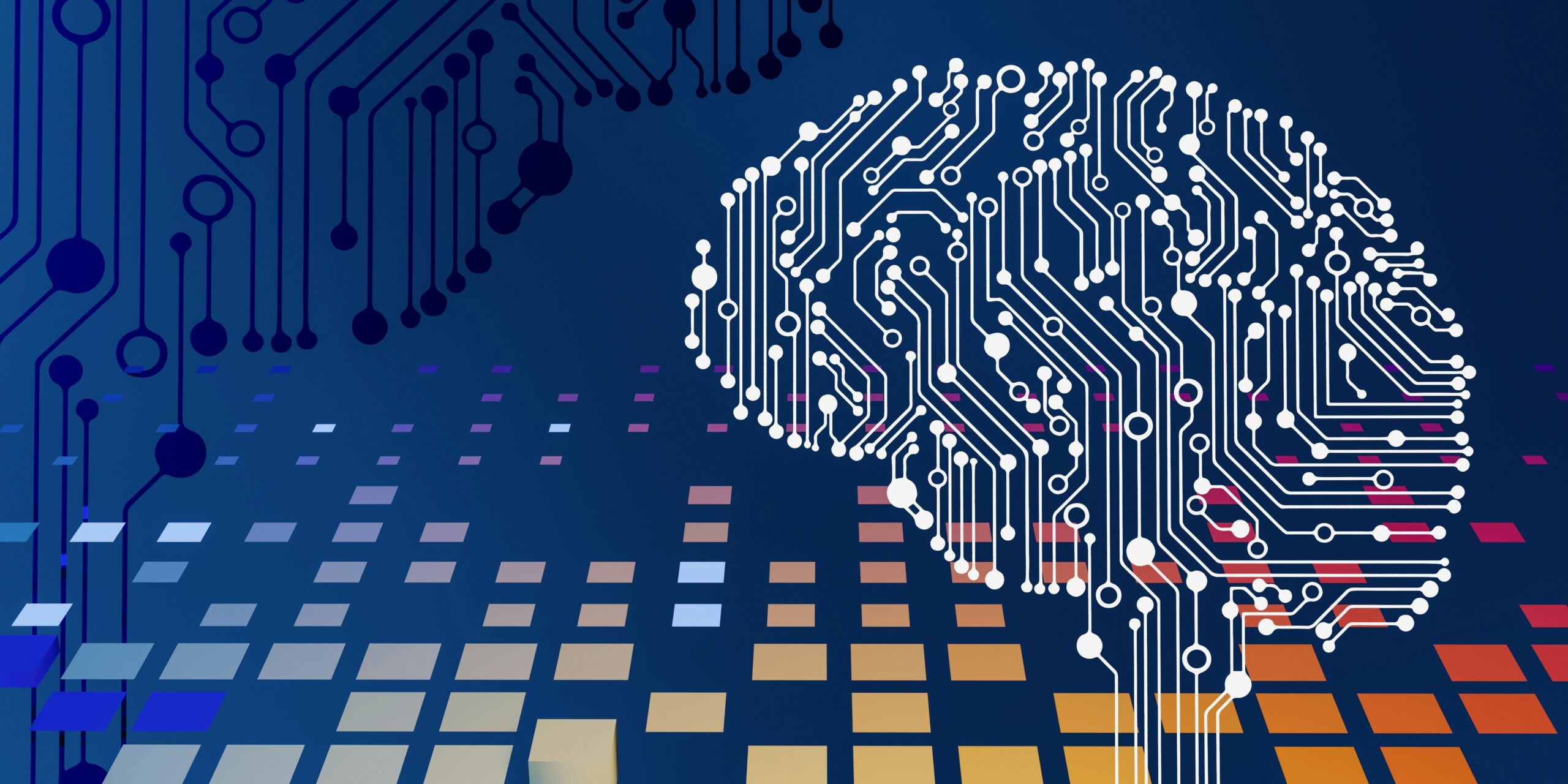In today’s rapidly evolving world, technology has reshaped virtually every aspect of our lives, and education is no exception. With the advent of e-learning, traditional classrooms are no longer the only avenue for acquiring knowledge. The convenience and flexibility offered by e-learning have revolutionized the way we learn, making it more accessible and engaging than ever before.
Understanding the Basics of E-Learning
The first step to fully harnessing the power of e-learning is to understand its basics. E-learning is the electronic delivery of educational material, leveraging the use of technology to facilitate learning outside the traditional classroom setting. It encompasses a wide range of multimedia elements, such as videos, interactive quizzes, and collaborative online discussions, to deliver engaging and immersive learning experiences.
But e-learning hasn’t always been this advanced. It has gone through a remarkable evolution over the years, starting from the early days of basic online courses to the sophisticated and interactive platforms we have today.
In the early days of e-learning, online courses were relatively simple and static. They consisted of text-based content and basic assessments. However, as technology progressed, so did e-learning. The introduction of multimedia elements revolutionized the learning experience, allowing for more dynamic and interactive courses.
Advancements in technology have paved the way for the integration of various multimedia elements in e-learning. Videos, for example, have become a popular tool for delivering instructional content. They provide visual and auditory stimulation, making it easier for learners to grasp complex concepts. Interactive quizzes and assessments have also become more sophisticated, allowing learners to test their knowledge and receive immediate feedback.
The Evolution of E-Learning
From the early days of static online courses, e-learning has transformed into a dynamic and interactive medium. Advancements in technology have paved the way for the integration of multimedia elements, making e-learning more engaging and effective. Virtual classrooms now enable students to interact with instructors and fellow learners in real-time, fostering a sense of community and collaboration.
Virtual reality (VR) and augmented reality (AR) are also emerging as powerful tools in e-learning. These technologies create immersive learning experiences, allowing learners to explore virtual environments and interact with virtual objects. For example, medical students can practice surgical procedures in a virtual operating room, enhancing their skills and confidence before entering a real-life operating theater.
Furthermore, e-learning platforms have evolved to provide personalized learning experiences. Adaptive learning algorithms analyze learners’ progress and tailor the content to their individual needs. This ensures that each learner receives the right level of challenge and support, maximizing their learning outcomes.
The Importance of Engagement in E-Learning
Engagement lies at the heart of effective e- learning experiences. When learners are actively engaged, they are more likely to retain information and apply it in meaningful ways. Therefore, it becomes crucial for e-learning platforms to employ strategies and technologies that enhance engagement throughout the learning process.
Thankfully, new technologies are continuously emerging to captivate learners’ attention and spark their curiosity. Gamification, for instance, incorporates game elements into the learning process, making it more enjoyable and motivating. Learners can earn points, badges, and rewards as they progress, creating a sense of achievement and encouraging them to continue their learning journey.
Social learning is another important aspect of engagement in e-learning. Collaborative online discussions and group projects allow learners to interact with their peers, share ideas, and learn from each other’s experiences. This sense of community fosters a supportive and collaborative learning environment, enhancing engagement and knowledge retention.
In conclusion, e-learning has come a long way since its early days. The integration of multimedia elements, the rise of virtual classrooms, and the focus on engagement have transformed e-learning into a powerful and effective educational tool. As technology continues to advance, the possibilities for e-learning are endless, promising even more innovative and immersive learning experiences in the future.
Exploring New Technologies in E-Learning
In order to create truly engaging e- learning experiences, it is essential to explore and embrace the innovative technologies that are revolutionizing the educational landscape. By incorporating these cutting-edge technologies, educators can enhance the effectiveness and impact of online learning.
Artificial Intelligence and Machine Learning
Artificial Intelligence (AI) and Machine Learning (ML) are transforming the way e-learning is delivered. These technologies analyze learners’ behaviors and preferences to provide personalized recommendations and tailored learning paths. By adapting the content to individual needs, AI and ML make e-learning more effective and engaging.
Imagine a scenario where an AI-powered virtual tutor guides learners through their online courses, providing real-time feedback and assistance. The tutor can adapt its teaching style based on the learner’s progress, ensuring that the material is presented in a way that is most conducive to their learning style. With AI and ML, e-learning becomes a personalized and dynamic experience.
Virtual and Augmented Reality
Virtual and Augmented Reality (VR/AR) take e-learning to a whole new level by creating immersive and interactive learning environments. By simulating real-world scenarios, learners can gain practical experience in a safe and controlled virtual setting. This not only enhances engagement but also enables deeper understanding and retention of information.
Imagine a medical student being able to practice complex surgical procedures in a virtual operating room, or an architecture student being able to walk through a virtual building they have designed. VR/AR technology allows learners to explore and interact with their subjects in ways that were previously unimaginable. By bridging the gap between theory and practice, VR/AR revolutionizes the learning experience.
Mobile Learning Technologies
With the rise of smartphones and tablets, mobile learning technologies have gained popularity in recent years. The ability to access learning materials anytime, anywhere has made learning more convenient and flexible. Mobile learning apps and platforms provide an engaging learning experience that fits seamlessly into learners’ busy schedules.
Imagine a student being able to study for an exam during their daily commute, or a professional being able to complete a training module during their lunch break. Mobile learning technologies empower learners to take control of their own learning, allowing them to learn at their own pace and in their own environment.
Furthermore, mobile learning technologies often incorporate gamification elements, such as quizzes, badges, and leaderboards, to make the learning experience more enjoyable and motivating. By transforming learning into a game-like experience, mobile learning technologies foster a sense of competition and achievement, driving learners to actively engage with the material.
Designing Engaging E-Learning Experiences
Now that we have explored the exciting possibilities offered by new technologies, it’s time to discuss how to design truly engaging e-learning experiences.
Incorporating Interactive Elements
Interactivity is key to engaging learners in e-learning. Incorporating interactive elements, such as quizzes, puzzles, and gamification, can transform mundane topics into exciting challenges. By actively involving learners in the learning process, these elements enhance motivation, promote critical thinking, and reinforce learning outcomes.
Personalizing the Learning Experience
No two learners are the same, which is why personalization is essential in e-learning. By tailoring the content and delivery to each learner’s preferences and needs, we can create a more meaningful and effective learning experience. Personalized learning paths, adaptive assessments, and individual feedback are just a few strategies to ensure that learners stay engaged and motivated throughout their e-learning journey.
Evaluating the Effectiveness of E-Learning
While engagement is crucial, we must also evaluate the effectiveness of e-learning to ensure that learners are achieving their desired outcomes.
Measuring Learner Engagement
Tracking engagement metrics, such as time spent on tasks, completion rates, and participation in discussions, can provide insights into learners’ level of involvement and motivation. Assessing engagement enables instructors and e-learning platforms to identify areas for improvement and make necessary adjustments to enhance the learning experience.
Assessing Learning Outcomes
Ultimately, the effectiveness of e-learning is determined by learning outcomes. Assessments and evaluations play a vital role in measuring the knowledge and skills acquired by learners. By aligning assessments with desired learning outcomes, instructors and e-learning platforms can gauge the effectiveness of their instructional strategies and make data-driven decisions for future improvements.
Future Trends in E-Learning Technologies
As technology continues to advance, the future of e-learning holds exciting possibilities.
Predictions for the Next Decade
Experts foresee even more immersive and personalized learning experiences. Technologies like Artificial Intelligence and Virtual Reality will become even more prominent, further enhancing engagement and individualized learning. The boundaries between virtual and physical classrooms will continue to blur, creating new opportunities for collaborative learning and global connectivity.
Preparing for the Future of E-Learning
With such promising trends on the horizon, there is no better time to embrace e-learning and leverage new technologies to their full potential. Educational institutions and learners alike must adapt to this rapidly changing landscape to stay ahead in a world that demands lifelong learning and continuous upskilling.
Discover the power of e-learning and engage with Learnexus today. Start your journey towards a more engaging and effective learning experience!




